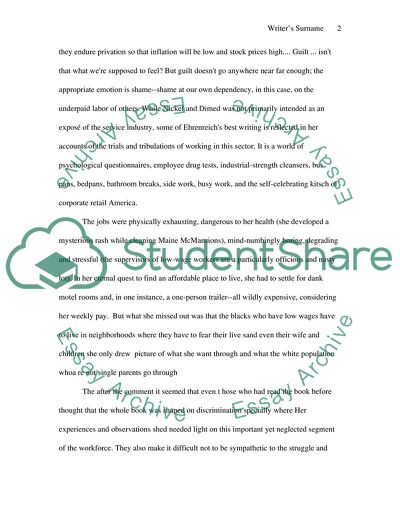Cite this document
(“Ehrenreich's novel Nickel and Dimed: On Getting By In America Essay”, n.d.)
Ehrenreich's novel Nickel and Dimed: On Getting By In America Essay. Retrieved from https://studentshare.org/literature/1536318-barbara-ehrenreichs-novel-nickel-and-dimed
Ehrenreich's novel Nickel and Dimed: On Getting By In America Essay. Retrieved from https://studentshare.org/literature/1536318-barbara-ehrenreichs-novel-nickel-and-dimed
(Ehrenreich'S Novel Nickel and Dimed: On Getting By In America Essay)
Ehrenreich'S Novel Nickel and Dimed: On Getting By In America Essay. https://studentshare.org/literature/1536318-barbara-ehrenreichs-novel-nickel-and-dimed.
Ehrenreich'S Novel Nickel and Dimed: On Getting By In America Essay. https://studentshare.org/literature/1536318-barbara-ehrenreichs-novel-nickel-and-dimed.
“Ehrenreich'S Novel Nickel and Dimed: On Getting By In America Essay”, n.d. https://studentshare.org/literature/1536318-barbara-ehrenreichs-novel-nickel-and-dimed.


